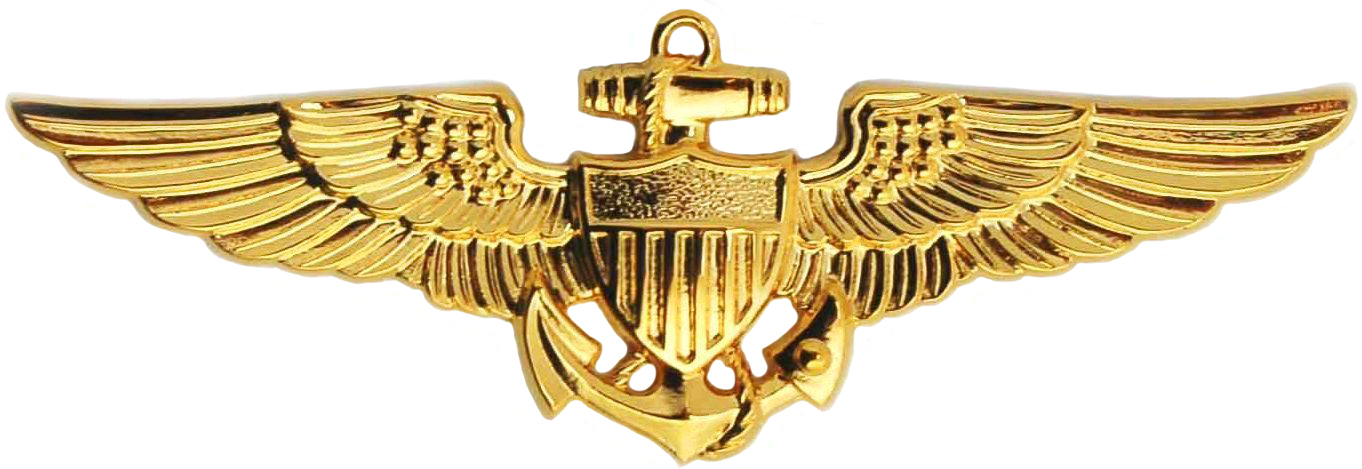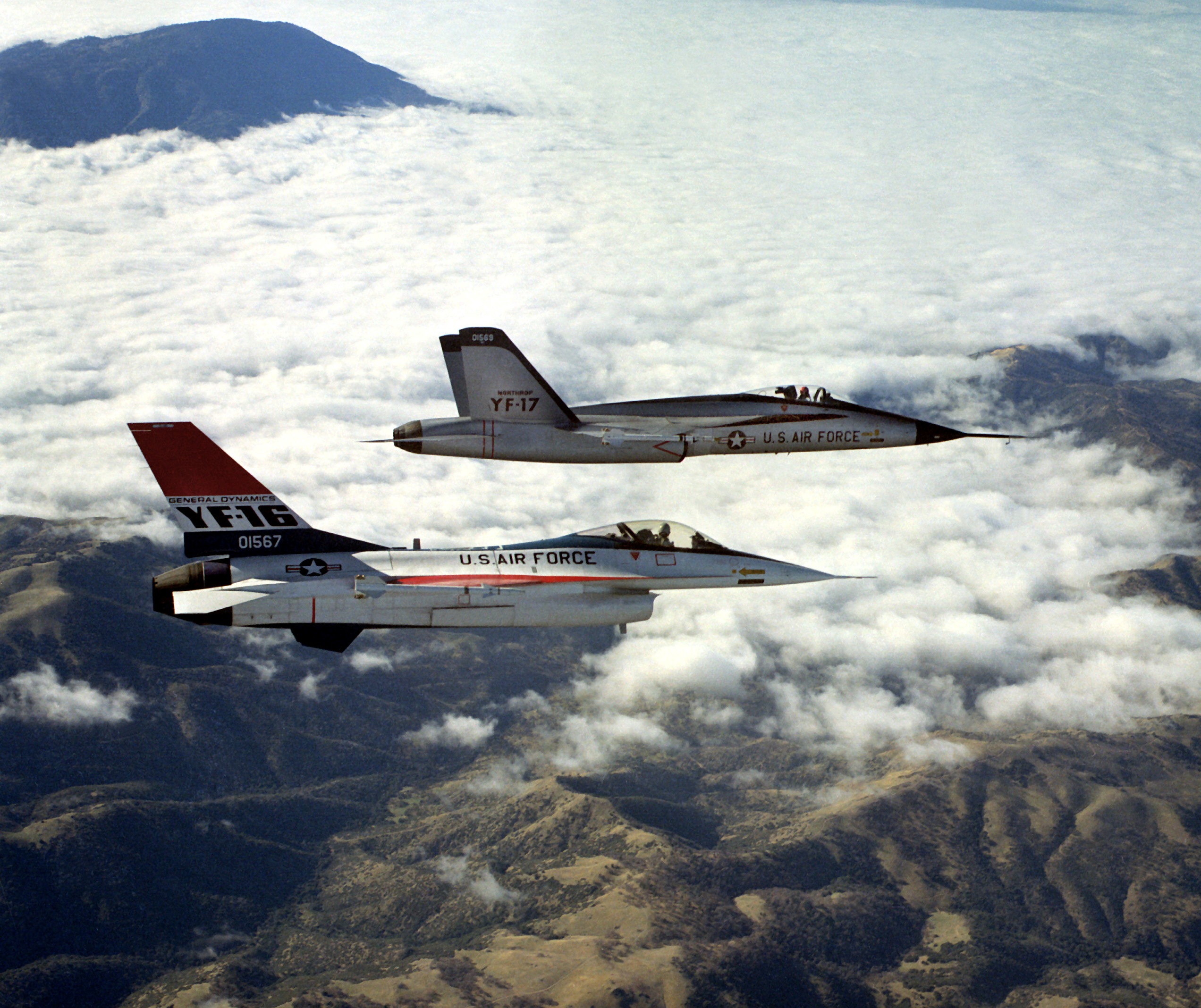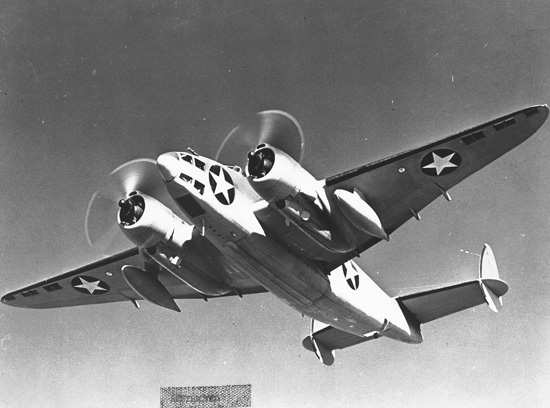|
VMFA-531
Marine Fighter Attack Squadron 531 (VMFA-531) was a United States Marine Corps fighter squadron consisting of various types aircraft from its inception culminating with the F/A-18 Hornet. Known as the "Grey Ghosts", the squadron participated in action during World War II and the Vietnam War. They were decommissioned on 27 March 1992. History World War II Marine Night Fighter Squadron 531 (VMF(N)-531) was commissioned on 16 November 1942 at Marine Corps Air Station Cherry Point, North Carolina. On 9 January 1943 the squadron became part of the Fleet Marine Force and on 1 April was absorbed by Marine Aircraft Group 53 (MAG-53). The squadron took delivery of its first non-trainer aircraft, the Lockheed PV-1 Ventura on 15 February. Due to the uniqueness of their night fight mission, VMF(N)-531 was placed under the direction of the Commandant of the Marine Corps until it was ready to deploy to combat. Responding to Japanese night attacks on Guadalcanal, MAG-53 was reassigned to ... [...More Info...] [...Related Items...] OR: [Wikipedia] [Google] [Baidu] |
Keith Stalder
Lieutenant General Keith J. Stalder is a retired United States Marine Corps general, who last commanded the United States Marine Corps Forces Pacific from August 22, 2008, to September 2, 2010. Biography Keith Stalder was born in Venezuela and grew up in Alaska. A 1984 graduate of Embry-Riddle Aeronautical University, he holds a master's degree in Aeronautics. He is also a graduate of Marine Corps Command and Staff College, the Armed Forces Staff College, and the NATO Defense College in Rome, Italy. He has flown the F-4 Phantom II and the F/A-18 Hornet with VMFA-333, VMFA-235, VMFA-115, the United States Navy, Navy's VFA-125, VMFA-531 and Marine Aviation Weapons and Tactics Squadron One (MAWTS-1). He also served at Headquarters, United States European Command, European Command, Stuttgart, Germany as the Operations Division Chief for the military-to-military contact program for Central and Eastern Europe and the former Soviet Union. He led the Marine Corps' F/A-18 Hornet Intr ... [...More Info...] [...Related Items...] OR: [Wikipedia] [Google] [Baidu] |
McDonnell-Douglas F/A-18 Hornet
The McDonnell Douglas F/A-18 Hornet is an all-weather supersonic, twin-engine, carrier-capable, multirole combat aircraft, designed as both a fighter and attack aircraft (hence the F/A designation). Designed by McDonnell Douglas and Northrop, the F/A-18 was derived from the latter's YF-17 in the 1970s for use by the United States Navy and Marine Corps. The Hornet is also used by the air forces of several other nations, and formerly by the U.S. Navy's Flight Demonstration Squadron, the Blue Angels. The F/A-18 was designed to be a highly versatile aircraft due to its avionics, cockpit displays, and excellent aerodynamic characteristics, with the ability to carry a wide variety of weapons. The aircraft can perform fighter escort, fleet air defense, suppression of enemy air defenses, air interdiction, close air support, and aerial reconnaissance. Its versatility and reliability have proven it to be a valuable carrier asset. The Hornet entered operational service in 1983 an ... [...More Info...] [...Related Items...] OR: [Wikipedia] [Google] [Baidu] |
F/A-18 Hornet
The McDonnell Douglas F/A-18 Hornet is an all-weather supersonic, twinjet, twin-engine, carrier-based aircraft, carrier-capable, Multirole combat aircraft, multirole combat aircraft, designed as both a Fighter aircraft, fighter and attack aircraft (hence the F/A 1962 United States Tri-Service aircraft designation system, designation). Designed by McDonnell Douglas and Northrop Corporation, Northrop, the F/A-18 was derived from the latter's YF-17 in the 1970s for use by the United States Navy and United States Marine Corps, Marine Corps. The Hornet is also used by the air forces of several other nations, and formerly by the U.S. Navy's Flight Demonstration Squadron, the Blue Angels. The F/A-18 was designed to be a highly versatile aircraft due to its avionics, glass cockpit, cockpit displays, and excellent aerodynamic characteristics, with the ability to carry a wide variety of weapons. The aircraft can perform escort fighter, fighter escort, fleet air defense, suppression of en ... [...More Info...] [...Related Items...] OR: [Wikipedia] [Google] [Baidu] |
McDonnell-Douglas F-4 Phantom II
The McDonnell Douglas F-4 Phantom II is an American Tandem#Aviation, tandem two-seat, twinjet, twin-engine, all-weather, long-range supersonic aircraft, supersonic jet interceptor aircraft, interceptor and fighter-bomber that was developed by McDonnell Aircraft for the United States Navy.Swanborough and Bowers 1976, p. 301. It entered service with the Navy in 1961, then was adopted by the United States Marine Corps, and the United States Air Force, and within a few years became a major part of their air arms. A total of 5,195 Phantoms were built from 1958 to 1981, making it the List of most produced aircraft, most-produced American supersonic military aircraft in history and a signature combat aircraft of the Cold War."F-4 Phantoms Phabulous 40th" Boeing. Retrieved : 27 Nove ... [...More Info...] [...Related Items...] OR: [Wikipedia] [Google] [Baidu] |
Douglas F4D Skyray
The Douglas F4D Skyray (later redesignated F-6 Skyray) is an American carrier-based supersonic fighter/interceptor designed and produced by the Douglas Aircraft Company. It was the first naval fighter to exceed the speed of sound in level flight and the last fighter produced by the Douglas Aircraft Company prior to its merger with McDonnell Aircraft to become McDonnell Douglas. Development of the Skyray was started by Douglas during the late 1940s as the ''D-571-1'' design study. It was a delta wing interceptor capable of a high rate of climb as to permit the rapid interception of approaching hostile bombers. Douglas' proposal was selected by Navy officials to fulfil a formal requirement issued in 1948. The decision to adopt the Westinghouse J40 turbojet engine to power it would lead to considerable difficulties later on as this engine would be cancelled prior to entering production. Aerodynamic issues would also lead to a protracted development cycle, considerable design cha ... [...More Info...] [...Related Items...] OR: [Wikipedia] [Google] [Baidu] |
Brewster SB2A Buccaneer
The Brewster SB2A Buccaneer (Brewster Model 340), also known as the Brewster Bermuda, is a single-engined mid-wing monoplane scout bomber aircraft built by the Brewster Aeronautical Corporation for the United States Navy between 1942 and 1944. It was also supplied to the Royal Air Force (RAF), United States Army Air Forces, and United States Marine Corps. The Buccaneer was overweight and lacked maneuverability, and has been described as a "classic failure." While designed as a scout bomber, none saw combat, although a number found use in noncombat roles. The SB2A was developed for the US Navy, and also ordered in large quantities by the Dutch, French, and British Governments. The Dutch order was later taken over by the US Navy and the French order by Britain. An Australian order was cancelled before any of the types were delivered. The Buccaneer was underpowered and poorly constructed, and all of its operators considered it to be unsuitable for combat. SB2As were used as target ... [...More Info...] [...Related Items...] OR: [Wikipedia] [Google] [Baidu] |
Lockheed Ventura
The Lockheed Ventura is a twin-engine medium bomber and patrol bomber of World War II. The Ventura first entered combat in Europe as a bomber with the RAF in late 1942. Designated PV-1 by the United States Navy (US Navy), it entered combat in 1943 in the Pacific. The bomber was also used by the United States Army Air Forces (USAAF), which designated it the Lockheed B-34 (''Lexington'') and B-37 as a trainer. Commonwealth of Nations, British Commonwealth forces also used it in several guises, including antishipping and antisubmarine search and attack. The Ventura was developed from the Lockheed Model 18 Lodestar transport, as a replacement for the Lockheed Hudson bombers then in service with the Royal Air Force. Used in daylight attacks against occupied Europe, they proved to have weaknesses and were removed from bomber duty and some used for patrols by Coastal Command. After USAAF monopolization of land-based bombers was removed, the US Navy ordered a revised design which ente ... [...More Info...] [...Related Items...] OR: [Wikipedia] [Google] [Baidu] |
Commandant Of The United States Marine Corps
The commandant of the Marine Corps (CMC) is normally the highest-ranking officer in the United States Marine Corps. It is a four-star general position and a member of the Joint Chiefs of Staff. Joint Chiefs of Staff: composition; functions. The CMC reports directly to the secretary of the Navy and is responsible for ensuring the organization, policy, plans, and programs for the Marine Corps as well as advising the president, the secretary of defense, the National Security Council, the Homeland Security Council, and the secretary of the Navy on matters involving the Marine Corps. Under the authority of the secretary of the Navy, the CMC designates Marine personnel and resources to the commanders of unified combatant commands. Combatant commands: administration and support The commandant performs all other functions prescribed in Section 8043 in Title 10 of the United States Code Commandant of the Marine Corps or delegates those duties and responsibilities to other officers i ... [...More Info...] [...Related Items...] OR: [Wikipedia] [Google] [Baidu] |
Battle Of Guadalcanal
The Guadalcanal campaign, also known as the Battle of Guadalcanal and codenamed Operation Watchtower by the United States, was an Allied offensive against forces of the Empire of Japan in the Solomon Islands during the Pacific Theater of World War II. It was fought between 7 August 1942 and 9 February 1943, and involved major land and naval battles on and surrounding the island of Guadalcanal. It was the first major Allied land offensive against Japan during the war. In summer 1942, the Allies decided to mount major offensives in New Guinea and the Solomon Islands with the objectives of defending sea lines to Australia and eventually attacking the major Japanese base at Rabaul on New Britain. The Guadalcanal operation was under the command of Robert L. Ghormley, reporting to Chester W. Nimitz, while the Japanese defense consisted of the Combined Fleet under Isoroku Yamamoto and the Seventeenth Army under Harukishi Hyakutake. On 7 August 1942, Allied forces, predominantl ... [...More Info...] [...Related Items...] OR: [Wikipedia] [Google] [Baidu] |
3rd Marine Aircraft Wing
The 3rd Marine Aircraft Wing (abbreviated as 3rd MAW) is the major west coast aviation unit of the United States Marine Corps The United States Marine Corps (USMC), also referred to as the United States Marines or simply the Marines, is the maritime land force service branch of the United States Department of Defense. It is responsible for conducting expeditionar .... It is headquartered at Marine Corps Air Station Miramar, in San Diego, California, and provides the aviation combat element for I Marine Expeditionary Force. The wing is made up of a headquarters squadron, four flying Group (air force), groups, an aviation Command and control (military), command and control group and an aviation engineering group. Mission Provide combat ready expeditionary aviation forces capable of short notice worldwide deployment to Marine Air-Ground Task Force (MAGTF), Fleet Marine Force, fleet and Unified Combatant Command, unified commanders. Organization As of March 2024 the ... [...More Info...] [...Related Items...] OR: [Wikipedia] [Google] [Baidu] |
Marine Aircraft Group 53
Marine Aircraft Group 53 (MAG-53) was a United States Marine Corps night fighter training group that was commissioned during World War II. It was the first night-fighter group in the Marine Corps. During the course of the war the group trained eight night fighting squadrons and sent seven of them into combat. The group was decommissioned after the war during the post-war drawdown of forces. History Marine Night Fighting Group 53 (MAG(N)-53) was formed on 1 April 1943, at Marine Corps Air Station Cherry Point, North Carolina. It was the first night fighter group in the Marine Corps and was responsible for the training of all VMF(N) squadrons. The group trained in Vero Beach, Florida in the spring and summer of 1944 and moved to Marine Corps Air Station Eagle Mountain Lake, Texas in November 1944. MAG(N)-53 was re-designated Marine Night Fighter Group 53 (MNFG 53) in April 1945. The group remained in Texas until the end of the war. The group moved back to MCAS Cherry Poin ... [...More Info...] [...Related Items...] OR: [Wikipedia] [Google] [Baidu] |
Fleet Marine Force
The United States Fleet Marine Forces (FMF) are combined general and special forces within the United States Department of the Navy that perform offensive amphibious or expeditionary warfare and defensive maritime employment. The Fleet Marine Forces provide the National Command Authority (NCA) with a responsive force that can conduct operations in any spectrum of conflict around the globe. The organization originated as the Advanced Base Force in 1913, which became the East Coast Expeditionary Force in 1921, and then the Fleet Marine Force in 1933. Since World War II there have been two Fleet Marine Forces, the Pacific and Atlantic. History The Fleet Marine Force (FMF) was established on 7 December 1933 by Secretary of the Navy Claude A. Swanson's General Order No. 241, which defined the organization and its relationship with the Navy,Swanson, Claude A. (7 December 1933)The Fleet Marine Force Marine Corps University. Retrieved 1 October 2023. on the recommendation of the Ma ... [...More Info...] [...Related Items...] OR: [Wikipedia] [Google] [Baidu] |









